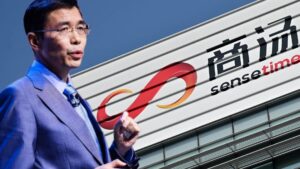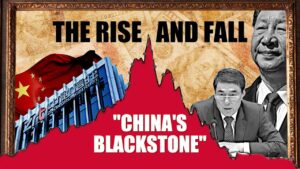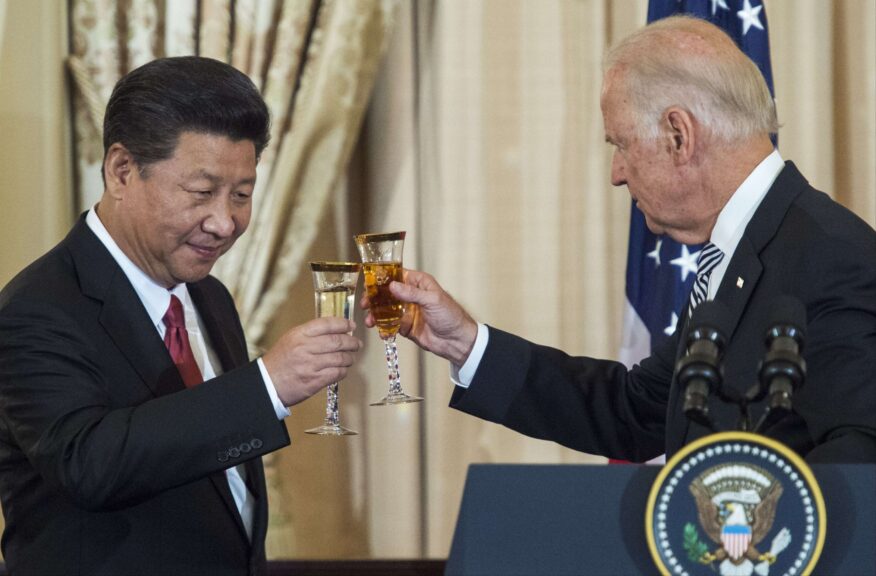
Discussions and speculations abound in 2024 regarding the Sino-U.S. relationship, which is beleaguered by elections in Taiwan and the U.S., overshadowed by China’s faltering economy, and complicated by China’s significant role in the new anti-US axis comprising Russia, Iran, and North Korea.
The transactional nature of the recent meeting between Biden and Xi, characterized by quid pro quo and under-the-table dealings, marks a stark departure from the historical norm. The relationship, once built upon long-term geopolitical or ideological objectives, now seems to be a pragmatic arrangement, lacking the depth of shared strategic visions.
1. 1971-1979: Rapprochement and Strategic Alignment Against Soviet Influence This period heralded the beginning of the Sino-U.S. rapprochement, underscored by President Richard Nixon’s visit to China in 1972. A mutual need to counter Soviet influence during the Cold War led to the establishment of formal diplomatic relations in 1979, setting a precedent for collaborative engagement based on mutual strategic interests.
2. 1980s: Economic Cooperation Economic interactions increased in the 1980s, with China’s open-door policy making the U.S. a key trading partner until the 1989 democracy movement. This era saw the U.S. and China weaving an intricate web of economic interdependence, which would shape future interactions.
3. 1990s: Integration and Engagement The 1990s saw China’s integration into the global economy gain momentum, culminating in its 2001 WTO accession. The U.S. significantly influenced this integration, hoping economic prosperity would steer China toward political liberalism.
4. 2000s: Global War on Terror and Economic Interdependence In the post-9/11 era, collaboration in the global war on terror took precedence. Economic ties deepened further, with China becoming a major holder of U.S. debt, symbolizing a complex interdependence beyond mere trade.
5. 2010s: China as the World Factory While strategic and military competition surfaced, particularly in Asia-Pacific, economic bonds remained strong. Cooperation on major global challenges, such as climate change and health crises, demonstrated the maturing relationship’s potential.
6. Early 2020s: Trade War and Strategic Rivalry President Donald Trump’s trade war ushered in an era of open economic confrontation, with critical issues like technology transfer and intellectual property rights taking center stage. The strategic rivalry broadened to encompass technology, military prowess, and geopolitical influence, signaling an uneasy pivot in bilateral relations.
Indeed, the historical anchors of the Sino-US relationship – whether curtailing the Soviet Union’s influence, assisting Afghanistan under Soviet occupation, or fostering economic interdependence – provided a stabilizing ballast. This foundation ensured the longevity of the partnership and helped avoid open antagonism.
In economic theory, a Nash equilibrium is reached when neither party benefits from changing their unilateral strategy because the cost of deviation is too high. Until Xi Jinping’s rise to power in 2013, the bilateral relationship seemed to have reached such an equilibrium, reinforced by the anchors mentioned. However, Xi’s call in 2013 for a “new type of great power relationship” with the U.S. during his California meeting with President Obama suggested a shift in China’s diplomatic posture.
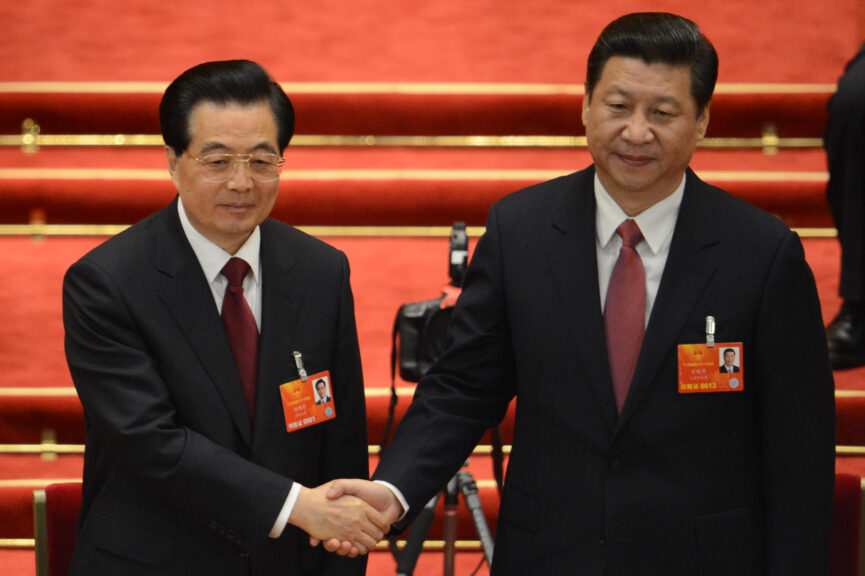
In March 2013, Xi Jinping officially assumed the presidency of China, and his inaugural overseas visit as head of state was to Russia within the same month. Selecting Russia for his first official state visit was perceived as a significant diplomatic move, reinforcing the growing strength of Sino-Russian ties, countering Western hegemony, and potentially signaling a recalibration of the dynamics within the Sino-American relationship.
The “new type of great power relationship” suggested by Xi Jinping is a strategic bid by China to gain acknowledgment for its escalating global influence; the concept sought to champion a more equivalent power distribution in its dealings with the United States. Significantly, this could be interpreted as China’s intention to diverge from the long-standing Nash equilibrium that had characterized the Sino-U.S. relationship for the past thirty years.
The concept of an equal partnership in terms of power, as tabled by Xi, did not find favor with the Obama administration. Until recently, this pivotal change in China’s approach to the U.S. had not seen a corresponding re-evaluation or strategic realignment from the American side.
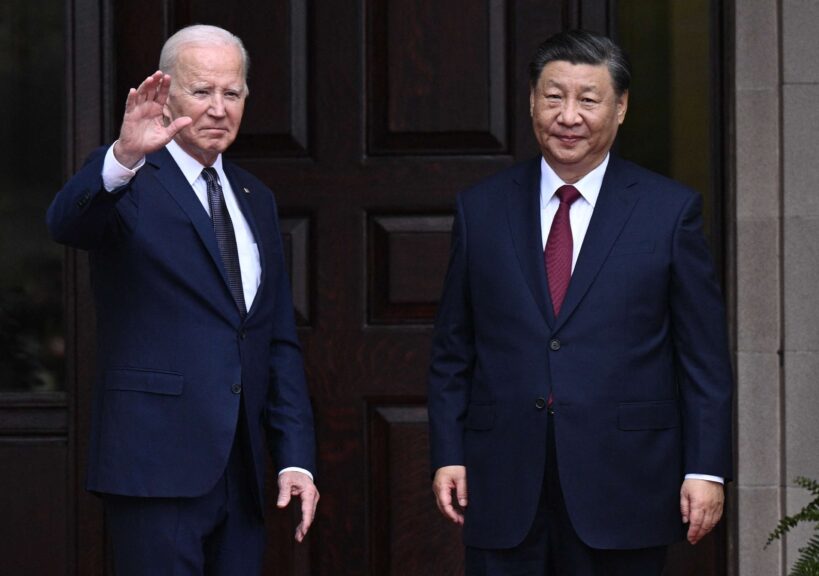
The recent summit between Xi and Biden has highlighted the absence of such stabilizing anchors due to the unilateralist change in the Chinese position since Xi took power. As a result, the Sino-U.S. relationship has increasingly become a marriage of convenience, serving short-lived administrative interests rather than sustainable, mutual trust and commitment.
The early 2020s are arguably one of the most fraught and risky periods for the Sino-US relationship since the 1970s. This period is marred by the personal ambitions of the two nations’ leaders.
After the Xi-Biden meeting, foreign investors reversed a trend by injecting a net $35 billion into China’s domestic bond market in November, marking the largest monthly inflow since records began six years prior. Overseas investors had previously retreated from the Chinese market due to rising U.S. government bond yields and China’s economic slowdown.
Many now speculate that the Fed’s interest rate hikes may soon pause, a hypothesis seemingly confirmed by what immediately transpired on the heels of the Biden-Xi meeting. In November 2023, the Federal Reserve released a report on balance sheet developments as part of its commitment to transparency regarding its monetary policy actions. The report emphasized the role of the balance sheet in fulfilling the Federal Reserve’s mandate from Congress, which includes promoting maximum employment in the U.S. economy. In Federal Reserve parlance, ‘maximum employment’ is a term associated with a growth-oriented policy, indicating a tendency towards lower interest rates to stimulate the economy.
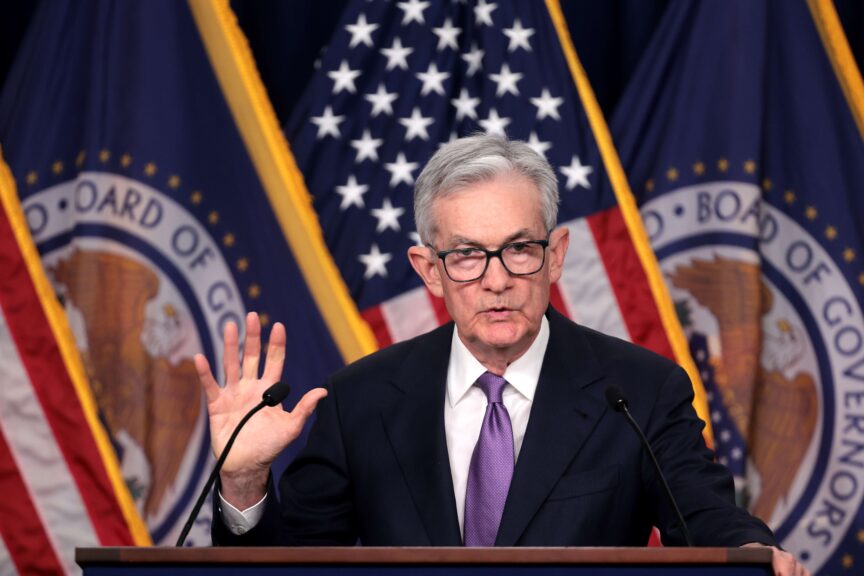
The easing of liquidity in the U.S. through a lower Federal Reserve rate has heightened the appeal of Chinese debt among investors, catalyzing the recent capital inflows. This resurgence of confidence in the U.S. economy and Chinese investments reflects a belief that Chinese policymakers will fortify their economy without resorting to aggressive stimulus measures. It also underscores the symbiotic relationship between the world’s two largest economies and the oft-overlooked adeptness of the U.S. government in extending support to its Chinese counterpart during times of need.
Skeptics might dismiss these events as coincidental, but analyst Gregory Copley’s “conspiracy theory” suggests otherwise. Copley cites an internal Chinese source claiming that Xi requested a $900 billion bailout from Biden to prop up China’s ailing economy.
What Biden may have asked of Xi in return remains speculative, with possibilities ranging from a moderated response to Taiwan’s pro-independence candidate’s potential victory to a de-escalation of Iran’s involvement in Middle Eastern conflicts.
The current Sino-US relationship reflects both countries’ evolving dynamics and shifting priorities. While the U.S. increasingly views China through a lens of strategic competition, this perspective is still subject to the whims of its leadership, particularly Trump and Biden. One can envision different trajectories for the Sino-U.S. relationship, contingent on whether Biden or Trump occupies the White House by year’s end.
In this context, the Sino-US relationship seems to be driven more by pragmatic considerations than by shared values or aspirations, a trend that raises concerns about the future of international cooperation and stability.
Here is a video on the hidden Sino-US relations:

